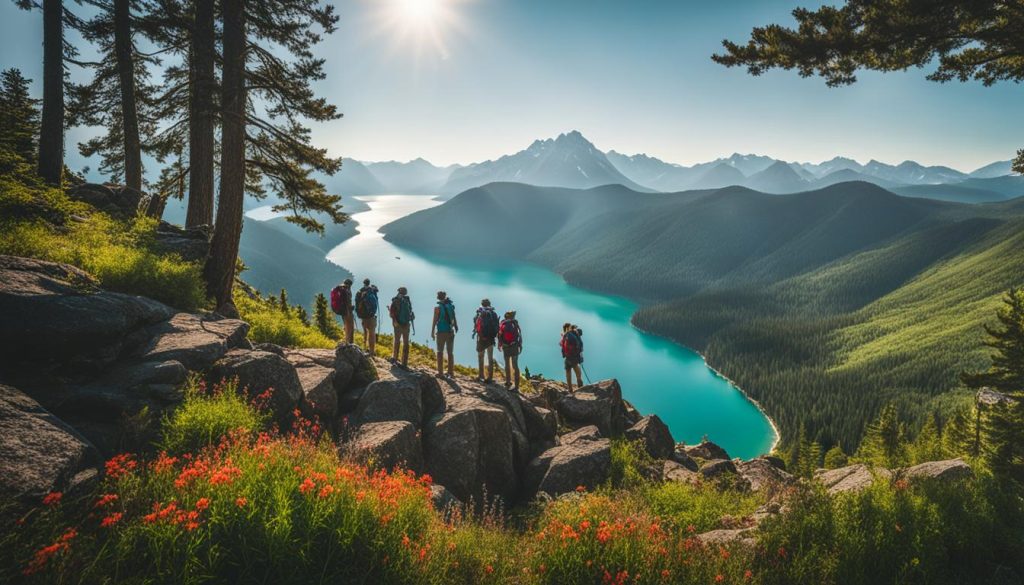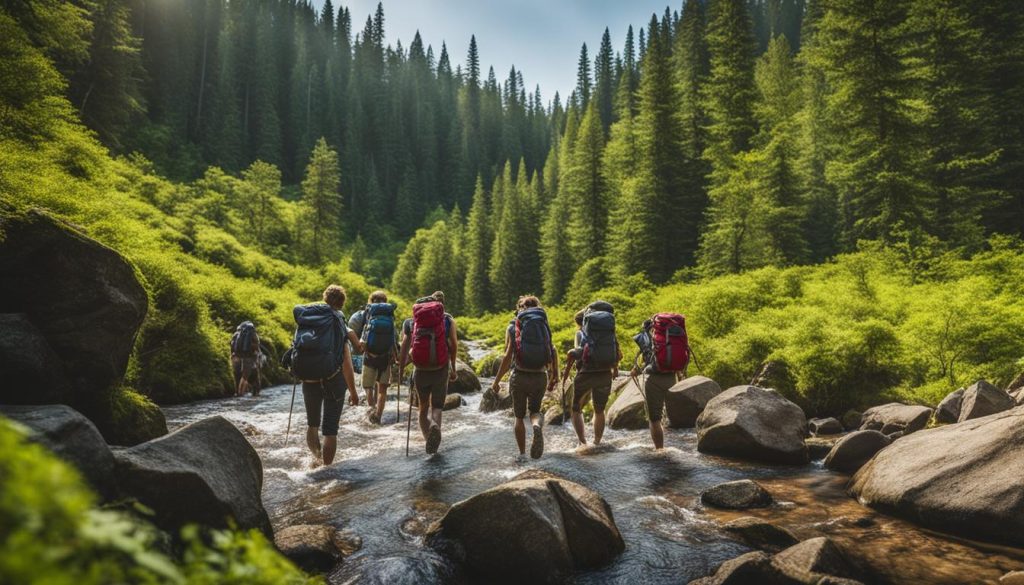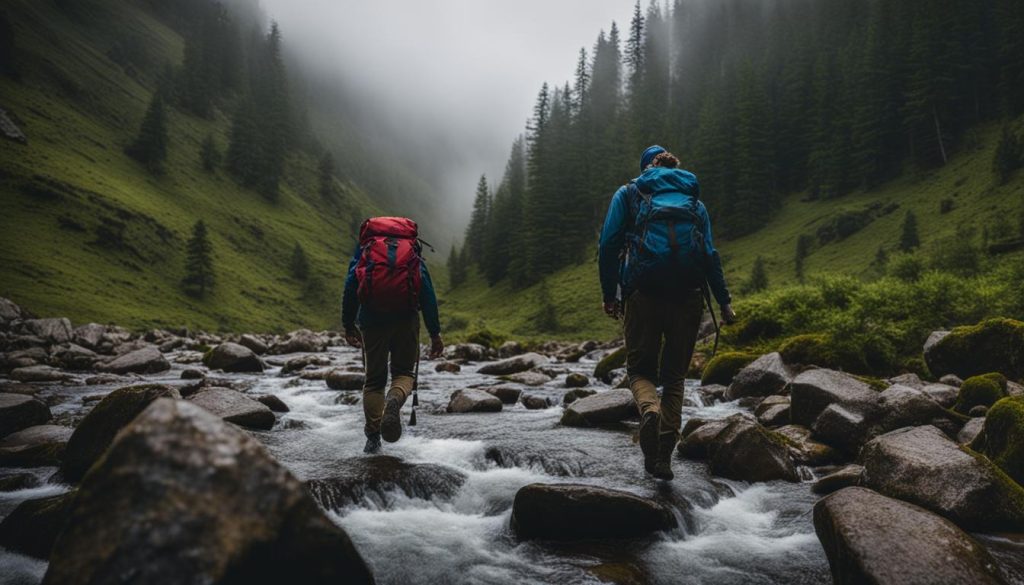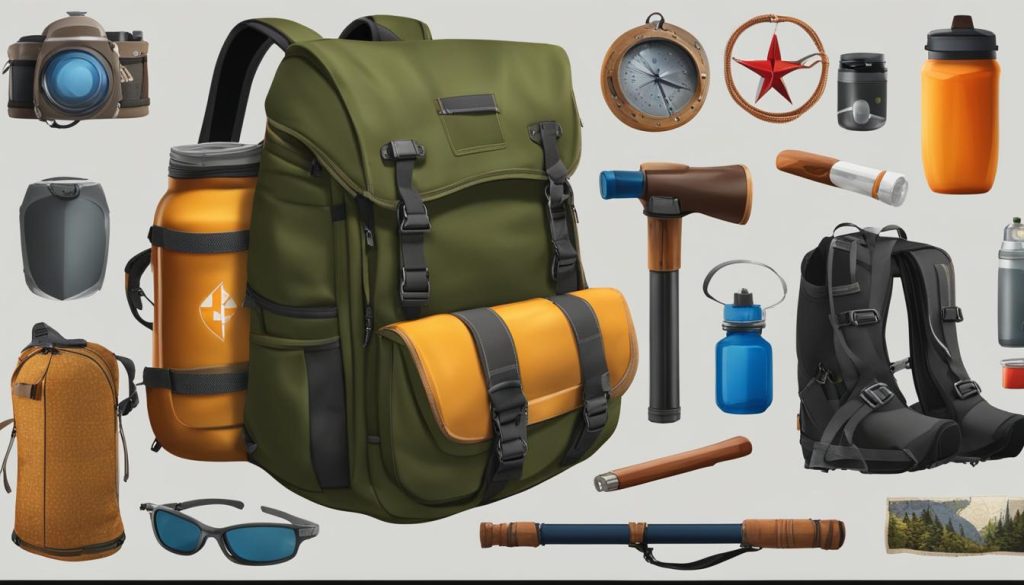Best Hiking Place Canada: Discover Spectacular Trails Today
Canada offers awe-inspiring landscapes with towering mountains, breathtaking lakes, and lush forests, making it a paradise for adventurous hikers. With a wide variety of hiking trails and national parks, there is always something new to explore. Here’s a list of the best hiking places in Canada for you to discover incredible trails and have unforgettable outdoor adventures. Read : Explore the Best Hiking Places in Australia: Adventure Awaits Key Takeaways: Canada is a hiker’s paradise with stunning landscapes. There are a wide variety of hiking trails and national parks in Canada. Discover incredible trails and have unforgettable outdoor adventures in Canada. Hiking in Canada offers opportunities to explore towering mountains, breathtaking lakes, and lush forests. Embark on an outdoor adventure and explore Canada’s natural beauty on foot. Garibaldi Provincial Park, British Columbia Garibaldi Provincial Park in British Columbia is a hiker’s paradise, offering a fantasy experience with its stunning landscapes and challenging trails. This park, named after Mount Garibaldi, boasts five trailheads and 90km of trails that cater to hikers of all levels. One of the best hikes in the park is the Cheakamus Lake to Garibaldi Lake via Helm Creek trail, spanning 25km over two days. This intermediate-level hike takes you through breathtaking lakes and scenic vistas in the Coast Mountains. The trail begins at the Cheakamus Lake parking lot and leads you through diverse terrain, including old-growth forests, meadows, and alpine vistas. Along the way, you’ll encounter picturesque lakes such as Helm Lake and Barrier Lake, each offering their own unique beauty. The highlight of the hike is Garibaldi Lake, a turquoise gem nestled amidst majestic peaks. Camping is available at Garibaldi Lake, allowing hikers to fully immerse themselves in the park’s natural beauty. Garibaldi Provincial Park is a haven for outdoor enthusiasts seeking a challenging yet rewarding hiking experience. With its pristine wilderness, stunning vistas, and diverse ecosystems, this park will leave you in awe of Canada’s natural wonders. Trail Highlights: Scenic lakes and breathtaking vistas Diverse terrain, including forests, meadows, and alpine areas Camping options at Garibaldi Lake Embark on an unforgettable adventure at Garibaldi Provincial Park in British Columbia and discover why it is one of Canada’s best hiking destinations. Trail Information Details Trail Name Cheakamus Lake to Garibaldi Lake via Helm Creek Distance 25km Duration 2 days Difficulty Intermediate Kinney Lake & Berg Lake Trails, British Columbia Located in Mount Robson Provincial Park in British Columbia, the Kinney Lake and Berg Lake trails offer breathtaking scenery and are considered some of the best hikes in Canada. The 4.5km hike to Kinney Lake is an easy and enjoyable trail that can be completed in 2.5 hours. The longer and more challenging Kinney Lake to Berg Lake trail covers 23km and has seven camping areas along the way. While currently closed due to flood damage, it is set to reopen in 2023. Visitors must check with park authorities for the latest information. Scenic Hike in the Heart of British Columbia Embark on a picturesque adventure through the Kinney Lake and Berg Lake trails in beautiful British Columbia. These trails are known for their stunning natural beauty, offering hikers a chance to immerse themselves in the awe-inspiring landscapes of Mount Robson Provincial Park. The 4.5km hike to Kinney Lake is perfect for those seeking an easy yet rewarding experience, while the longer Kinney Lake to Berg Lake trail provides a more challenging journey for avid hikers. “The Kinney Lake and Berg Lake trails are a true testament to Canada’s natural wonders. The crystal-clear waters, majestic mountains, and tranquil forests create a serene and enchanting atmosphere that will leave you in awe.” While the Kinney Lake to Berg Lake trail is currently closed due to flood damage, it is definitely worth the wait. With its seven camping areas along the way, hikers have the opportunity to fully immerse themselves in the beauty of the park and experience the tranquility of the Canadian wilderness. Just remember to check with park authorities for the latest updates on trail conditions and reopening dates. Trail Difficulty Distance Camping Areas Kinney Lake Easy 4.5km N/A Kinney Lake to Berg Lake Challenging 23km Seven camping areas Whether you choose the shorter Kinney Lake trail or the longer Kinney Lake to Berg Lake trail, both hikes promise breathtaking views, serene surroundings, and an unforgettable experience in the heart of British Columbia’s natural wonders. So lace up your hiking boots and get ready to discover the beauty of Mount Robson Provincial Park on the Kinney Lake and Berg Lake trails. Wild Pacific Trail, Ucluelet: An Informative Hike with Easy to Intermediate Difficulty The Wild Pacific Trail in Ucluelet, British Columbia is a must-visit destination for hikers seeking a breathtaking coastal experience. This 10km trail showcases the stunning beauty of the temperate rainforest and the mighty Pacific Ocean. With its easy to intermediate difficulty level, the Wild Pacific Trail is suitable for hikers of all skill levels. As you embark on this informative hike, you’ll be treated to a variety of scenic highlights. The trail takes you through the lush rainforest, where you can admire towering trees and vibrant flora. Along the way, you’ll encounter several lookout points that offer sweeping views of the ocean, revealing its raw power and captivating beauty. One of the unique features of the Wild Pacific Trail is the informative boards scattered throughout the route. These boards provide interesting insights into the region’s history, geology, and ecology. It’s like having a personal guide by your side, enriching your hiking experience and deepening your understanding of the natural wonders that surround you. The Beauty of the Wild Pacific Trail The Wild Pacific Trail is a true feast for the senses. The trail meanders along dramatic cliffs, offering panoramic vistas of the rugged coastline and the crashing waves below. Keep your eyes peeled for wildlife sightings, as seals, sea lions, and eagles are often spotted along the trail. One of the highlights of the Wild Pacific Trail is the lighthouse. This iconic landmark stands
Best Hiking Place Canada: Discover Spectacular Trails Today Read More »







